Does Heat Help a Blood Clot? Understanding the Effects of Heat Therapy
Heat therapy is a popular home remedy for sore muscles and tension—but when it comes to blood clots, using heat could be dangerous. So, does heat help a blood clot, or can it make things worse? In this guide, we’ll explore the facts, risks, and expert guidance you need to stay safe.
How Blood Clots Form
Blood clots aren't inherently bad. Your body creates them to stop bleeding after an injury – think of a scab forming. This process is called coagulation. Problems arise when clots form inside blood vessels without a good reason, or don't dissolve after an injury heals.

Blood Clot
Source: American Blood Clot Association
These rogue clots can happen in varicose veins (carrying blood to the heart) or arteries (carrying blood away). Sluggish blood flow is a common trigger. The clot can block blood flow partially or completely.
This might occur from:
- Varicose veins
- Arterial blockage
- Long periods of inactivity like bed rest or extensive travel.
- Vessel injury from surgery or trauma,
- Certain anti-inflammatory medications
- Medical conditions like atrial fibrillation, cancer, or high blood pressure
- Genetic factors
- Hormonal changes
- Dehydration
Key Signs You Might Have One
Knowing the warning signs is key, as a clot can be serious. Symptoms often appear in the affected limb (usually a leg or arm) but can differ based on the clot's location and size. Pay attention if you notice:

Symptoms of Deep Vein Thrombosis
Source: NHS
- Sudden swelling in one arm or leg.
- Pain or tenderness, often described as a cramp or charley horse you can't get rid of.
- Skin that feels warm to the touch over the affected area.
- Reddish or bluish skin discoloration.
- Veins near the skin surface appearing larger or more prominent.
Spotting these signs? Don't wait. Get medical attention right away to figure out what’s happening.
Heat vs. Cold: Understanding the Real Impact on Clots
So, should you reach for a hot pack or an ice pack when you suspect a clot? The way heat and cold affect your blood vessels is very different, and one carries more risk. Let's break it down.
How Heat Affects Blood Flow
Heat therapy does one main thing: it widens blood vessels (vasodilation). This boosts blood flow to the area. While that feels good on a strained muscle, increasing flow near a clot could be trouble. Think of it like turning up the water pressure in a pipe with a blockage – you might dislodge it. If a piece of Deep Vein Thrombosis (DVT) breaks free, it can travel to the lungs, causing a pulmonary embolism (PE), a medical emergency.

Heat increases blood flow to an area
Source: Next Level Physical Therapy
Why Cold May Be Safer
Cold therapy does the opposite: it constricts blood vessels (vasoconstriction). This reduces blood flow, potentially lessening swelling and inflammation around a clot. It doesn't treat the clot itself, but it generally doesn't carry the same dislodging risk as heat. Doctors often pair elevation with other treatments to manage symptoms.

Ice decreases blood flow to an area
Source: Next Level Physical Therapy
Quick Comparison:
|
Feature
|
Heat Therapy
|
Cold Therapy
|
|
Effect on Blood Vessels
|
Widens (Vasodilation)
|
Narrows (Vasoconstriction)
|
|
Effect on Blood Flow
|
Increases
|
Decreases (Locally)
|
|
Impact on Swelling
|
May worsen it initially
|
Helps reduce it
|
|
Risk of Dislodging Clot
|
Higher, especially with DVT
|
Generally Lower
|
|
Potential Use (Caution!)
|
Maybe for superficial clot comfort, doctor's okay ONLY
|
Symptom relief (swelling), less risky
|
|
Main Safety Concern
|
Risk of causing a Pulmonary Embolism (PE)
|
Less risky, but not a treatment
|
Can Heat or Ice Be Used After Blood Clot Resolution?
After a blood clot has fully resolved, and with clearance from your doctor, heat and cold therapies may be used more freely. Many patients experience lingering symptoms such as post-thrombotic syndrome, including swelling, discomfort, or stiffness in the affected limb.
- 🧊 Ice: Typically used in the initial stages of recovery, ice can help reduce inflammation, numb pain, and minimize swelling around the area where the clot was located. Applying ice in the first 24-48 hours after clot resolution can be helpful, especially if there is lingering soreness or swelling.
- 🔥 Heat: After the initial healing phase, gentle heat may promote circulation, relax tight muscles, and help relieve ongoing pain or stiffness. Since the clot has already resolved, the risk of dislodgement is no longer a concern, making heat a safe and effective option for long-term comfort—again, only after medical clearance.
⚠️ Important: Never self-diagnose clot resolution. Resume any form of heat therapy only after medical confirmation and clearance.
🔚 Here’s the bottom line:
- When Heat May Help (with caution): For superficial thrombophlebitis (clots in leg veins near the skin surface), sometimes gentle warmth offers comfort. This should only be considered after a doctor's diagnosis and explicit okay. It does not dissolve the clot.
- When Heat Can Be Dangerous: Applying heat directly over a suspected Deep Vein Thrombosis is risky business. The potential to dislodge the clot is a serious concern. Never use heat therapy if you suspect DVT before getting a medical evaluation.
Generally, neither heat nor cold is a treatment for the clot itself. They only address surface symptoms, and heat adds a significant risk factor, particularly with DVTs. Your priority is always a proper diagnosis for blood clotting disorders from a healthcare provider.
Heating Pads and Blood Clot Safety
Reaching for a heating pad when something hurts feels instinctive. When considering blood clots, it’s wise to understand how heat interacts with them. Let's explore their use to dissolve blood clots.

Is a Heating Pad Good for Blood Clots?
Regarding existing blood clots: Heat from pads increases blood flow by widening vessels. For some situations, like doctor-approved care for certain superficial clots, this warmth might help reduce the associated muscle spasms and alleviate pain.
However, with conditions like Deep Vein Thrombosis (DVT), increased blood flow requires serious consideration due to the potential risks involved, including clot movement. Consulting your doctor before applying heat near any suspected clot is essential.
After a clot has been treated or resolved under professional care, a heating pad may support recovery. Once the clot is no longer a concern, heat can improve circulation, relax muscles, relieve pain, and enhance blood flow to the affected area.
Can Heating Pads Cause Blood Clots?
Generally, using a heating pad as intended for muscle soreness is unlikely to cause a clot directly. Clot formation typically involves factors like circulation issues, vessel injury, or changes in blood consistency.
However, there are a few indirect risks to consider:
- Immobility: Staying still for very long periods is a general clot risk factor. If using a heating pad involves extended inactivity, the immobility itself contributes to the risk.
- Burns: Incorrect use (like high heat or sleeping with a pad) can cause burns. Skin damage and inflammation could potentially create a site where a clot might be more likely to form later.
The takeaway is to use heating pads thoughtfully for muscle aches and pains, following all safety guidelines. For any symptoms suggesting a blood clot, seek professional medical evaluation first before considering any home remedy like heat application. Your doctor can provide the safest guidance for your specific situation.
Superficial Thrombophlebitis vs. Deep Vein Thrombosis (DVT): Why Heat Differs
Not all blood clots are the same, especially concerning heat application. The key difference lies in where the clot forms: near the skin surface or deep within a limb.

Superficial Thrombophlebitis vs. Deep Vein Thrombosis
Source: https://www.veincarecenter.com/
Superficial Thrombophlebitis: This refers to a clot in a vein just under the skin. You might see redness, feel warmth, and tenderness along the vein. Think of it as a shallow blockage. While uncomfortable, these clots have a much lower risk of breaking loose and causing serious problems like lung blockage. Because the risk is lower, a doctor might approve gentle heat for symptom relief after diagnosis.
Deep Vein Thrombosis (DVT): This is a serious one. A DVT forms in a large vein deep inside the body, usually in the legs, but sometimes in the arms or elsewhere. These deep veins are major highways for blood flow. A clot here poses a MUCH higher risk of breaking apart (embolizing). A piece can travel through the bloodstream and lodge in the lungs, causing a life-threatening pulmonary embolism (PE).
Here’s how this applies to heat use, particularly for leg clots:
- Is heat good for leg clots? It depends. If it’s superficial and your doctor agrees, maybe for comfort. If it’s a DVT in the leg, heat is considered dangerous.
- Is heat good for DVT / Can you put a heating pad on a DVT? NO. Applying heat (including heating pads) directly over a DVT increases blood flow and carries the unacceptable risk of dislodging the clot. Medical professionals strongly advise against it.
- Is heat or ice better for DVT? Neither treats DVT. Treatment involves anticoagulants prescribed by a doctor. For managing symptoms like pain and swelling, cold packs (wrapped) and elevation are generally preferred over heat because they avoid the dislodging risk.
⭐️ The take-home message: Location matters immensely. Treat any suspected DVT seriously and avoid heat until you have clear medical guidance.
Safe Methods for Using Heat Therapy
First things first: these safety tips apply only when a healthcare professional has confirmed heat is appropriate for your situation. Given the risks of blood clots, especially Deep Vein Thrombosis (DVT), you should never self-treat with heat without getting a doctor's specific okay.
If heat is recommended for something like muscle soreness (and not a DVT), follow these practices to minimize risks like burns:
- Get the Green Light: Confirm with your doctor first. This is extra pertinent if you have diabetes, nerve damage (neuropathy), poor circulation, or any skin condition. They understand your full health picture.
- Use a Protective Barrier: Never place a heating pad, hot water bottle, or heat pack directly on your skin. Always wrap it in a towel or use a thick cover. Create distance.
- Keep Temps Moderate: Hotter isn't better. Use the lowest setting that provides comfort. High heat dramatically increases burn risk, especially with prolonged contact.
- Watch the Clock: Limit heat applications to 15-20 minutes per session. Avoid continuous use unless your doctor specifies otherwise. Give your skin recovery time between sessions.
- Check Your Skin Often: Look at the skin under the heat source frequently. Check for excessive redness or blisters during and after use. Stop immediately if you see signs of a burn.
- Stay Awake and Alert: Never fall asleep while using an electric heating pad or any constant heat source. This significantly raises the risk of severe burns.
- Avoid on Damaged Skin: Don't apply heat over open wounds, stitches, rashes, or areas where sensation is reduced.
- Inspect Your Equipment: For electric pads, check cords and covers for wear or damage. Use pads with functioning automatic shut-off timers for an extra safety layer.
Following these steps helps you use heat therapy safely when it's appropriate. Remember, caution and doctor's advice are your best guides.
Medical Treatment for Blood Clots: What You Can Expect
If you’ve been diagnosed with a blood clot, timely and appropriate medical treatment is crucial. The treatment approach depends on the clot’s location, size, and your overall health status. Below are the typical treatment options based on the type of clot.
Superficial Thrombophlebitis Treatment
Superficial thrombophlebitis is generally less dangerous than deep vein thrombosis (DVT) but can still cause discomfort and inflammation. Treatment options typically include:

- Warm Compresses: If approved by your doctor, applying gentle heat can ease pain and reduce swelling. Moist heat—such as a warm damp towel or a moist heating pad—penetrates tissue more effectively than dry heat, providing quicker relief and minimizing tissue damage. Always use low temperatures and follow safety precautions.
- Over-the-Counter Pain Relievers: NSAIDs, such as ibuprofen or naproxen, can reduce pain and swelling.
- Compression Stockings: These improve blood flow and reduce discomfort.
- Elevation: Raising the affected limb above heart level helps decrease swelling and improve blood flow, reducing pressure in the veins.
- Movement and Light Activity: Gentle activity helps maintain circulation, preventing the clot from worsening.
- Medical Monitoring: Most cases resolve without prescription medications. However, patients with extensive clots, varicose veins, or underlying risk factors may be prescribed anticoagulants as a precaution.
Deep Vein Thrombosis (DVT) Treatment
DVTs are more serious and need prompt medical attention to prevent life-threatening complications like pulmonary embolism. Common treatments include:

- Anticoagulant Medications (Blood Thinners): These medications, such as warfarin, heparin, or direct oral anticoagulants (DOACs) like rivaroxaban or apixaban, prevent the clot from growing and reduce the chance of new clots.
- Thrombolytics (Clot-Busting Drugs): Reserved for severe cases or when there’s a high risk of complications, these drugs—such as alteplase—dissolve clots quickly and are typically administered in a hospital setting.
- Inferior Vena Cava (IVC) Filter: If anticoagulants are contraindicated (e.g., due to bleeding risk), a filter may be placed in the vena cava to prevent clots from reaching the lungs.
- Compression Stockings: Prescription-strength compression stockings help manage swelling and reduce the risk of post-thrombotic syndrome (PTS), a long-term complication of DVT.
- Elevating the Limb: Helps decrease swelling and encourages blood flow.
- Avoiding Heat: As discussed, heat therapy should not be used directly over a suspected or diagnosed DVT. It increases the risk of the clot breaking loose.
Early detection and proper treatment significantly reduce the risks of serious complications. Always follow your healthcare provider’s plan and ask questions if anything is unclear.
Actionable Tips for Preventing Clots Altogether
While we've explored managing potential clots, focusing on prevention is your best bet. Some risk factors are fixed, like family history. But you have significant influence over others through your lifestyle choices.

Here are practical steps to actively lower your clot risk:
- Keep Moving: Good circulation is vital. Avoid long periods of sitting or lying still. Stand up, stretch, and walk around frequently, especially during travel or long workdays. Simple seated leg exercises help too.
- Manage Your Weight: Maintaining a healthy weight eases the burden on your circulatory system, promoting better blood flow.
- Stay Well-Hydrated: Drinking sufficient water helps maintain optimal blood consistency. Dehydration can make blood slightly thicker.
- Quit Smoking: Smoking harms blood vessels and increases clotting risk. Quitting (alcohol consumption other than smoking) provides widespread health benefits, including improved circulation.
- Know Your Personal Risks: Understand your unique bleeding risk factors. Talk to your doctor about them, particularly before surgery, during pregnancy, or if starting hormone therapy.
- Use Compression Gear (If Advised): Your doctor might recommend wearing compression stockings in high-risk situations to support circulation.
- Follow Medical Advice: If prescribed anticoagulants (blood thinners), take them exactly as directed.
Managing Everyday Aches Safely
Preventing serious health issues like clots is paramount. Separate from that, we all experience everyday muscle tension and soreness. For those times, like easing tight shoulders after work or soothing a sore back, targeted warmth can bring welcome relief.

This is where tools designed for comfort and health come in. Our Homlyns Electric Heating Pads deliver controlled, soothing heat for muscle relaxation. Features like:
- Adjustable Heat: With 10 levels, you control the warmth precisely for your comfort.
- Targeted Design: Options like our neck and shoulder pad or the larger full-body pad (featuring weighted graphene technology for even heat distribution) help apply warmth right where you feel muscle soreness – shoulders, back, legs, abdomen.
- Safety Features: Timers and overheat protection offer peace of mind during use for muscle relaxation.
Remember the crucial distinction: Use heating pads like those from Homlyns for muscle aches and general comfort. If you ever suspect a blood clot due to symptoms like sudden swelling or unexplained pain, avoid heat and seek immediate medical evaluation for your health.
Stay Safe, Find Comfort with Homlyns
Knowing heat's risks with clots like DVTs, possibly linked to venous insufficiency, is crucial. Warmth seems nice, but complications may occur. Since issues share the same symptoms, get diagnosed; proper care might involve low molecular weight heparin. Always prioritize medical advice for safety.
Here are the main points we covered:
- Heat therapy widens blood vessels, potentially dislodging clots like Deep Vein Thrombosis (DVT).
- Cold therapy narrows vessels, generally safer for symptom relief (swelling).
- Never apply heat directly to a suspected DVT due to Pulmonary Embolism (PE) risk.
- Superficial clot risks are lower, but still require a doctor's okay for heat.
- Ice and heat can help manage pain after a blood clot has resolved, but should be used with caution.
- Seek medical help fast for any potential clot symptoms.
- Focus on prevention: stay active, hydrate, know your risks.
For those times you're dealing with everyday muscle aches or stiffness – completely separate from clot concerns – controlled warmth offers welcome relief. Homlyns heating pads provide adjustable, targeted comfort for muscle soreness. Use them safely to relax tight muscles, always remembering the critical warnings about heat and potential clots.
Reference:
- InformedHealth.org [Internet]. Cologne, Germany: Institute for Quality and Efficiency in Health Care (IQWiG); 2006-. In brief: What are blood clots and what causes them? [Updated 2022 Oct 25]. Available from: https://www.ncbi.nlm.nih.gov/books/NBK279383/
- McCollum C. Avoiding the consequences of deep vein thrombosis. Elevation and compression are important-and too often forgotten. BMJ. 1998;317(7160):696. doi:10.1136/bmj.317.7160.696
- Waheed SM, Kudaravalli P, Hotwagner DT. Deep Vein Thrombosis. [Updated 2023 Jan 19]. In: StatPearls [Internet]. Treasure Island (FL): StatPearls Publishing; 2025 Jan-. Available from: https://www.ncbi.nlm.nih.gov/books/NBK507708/




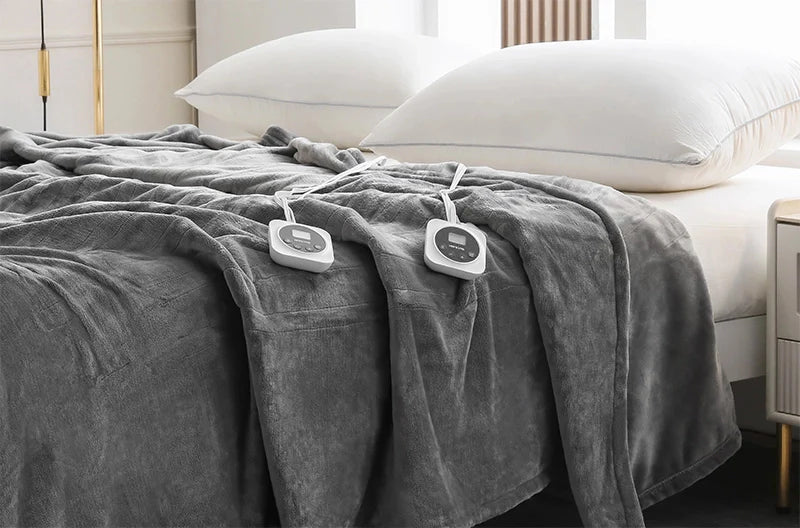
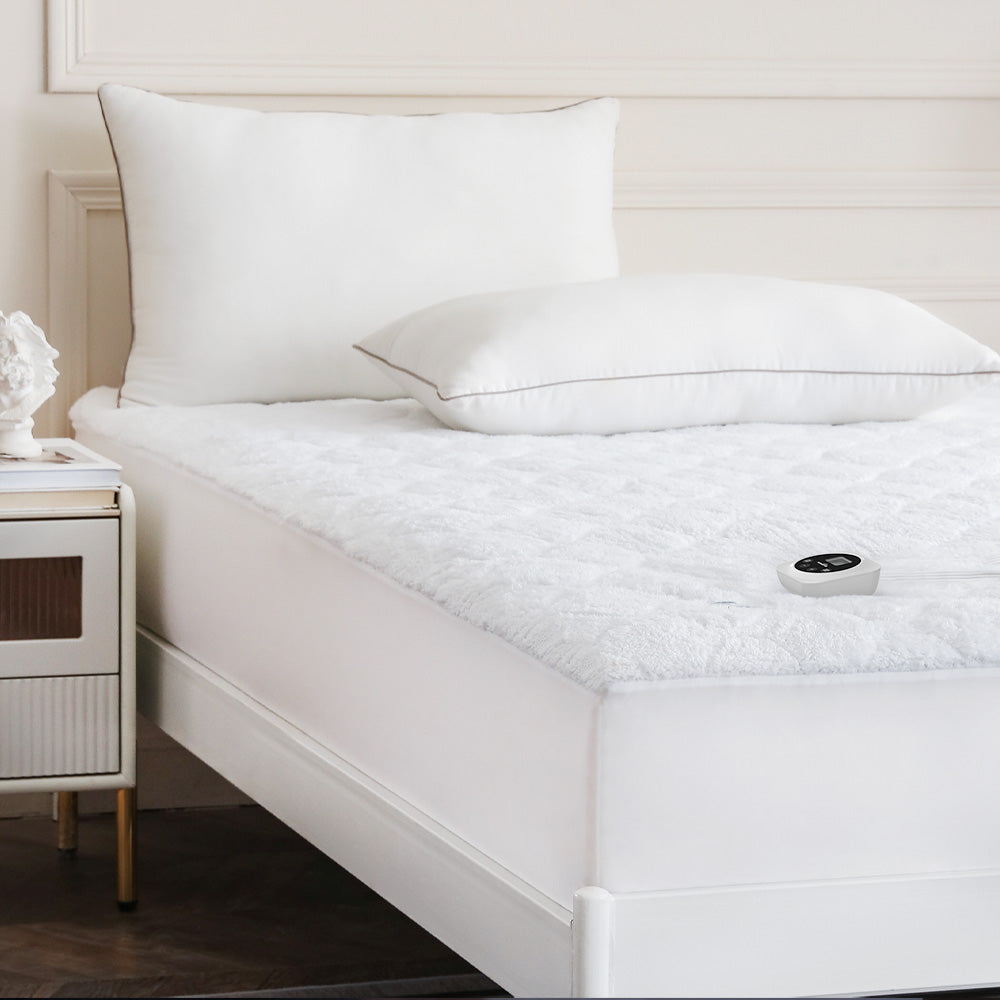
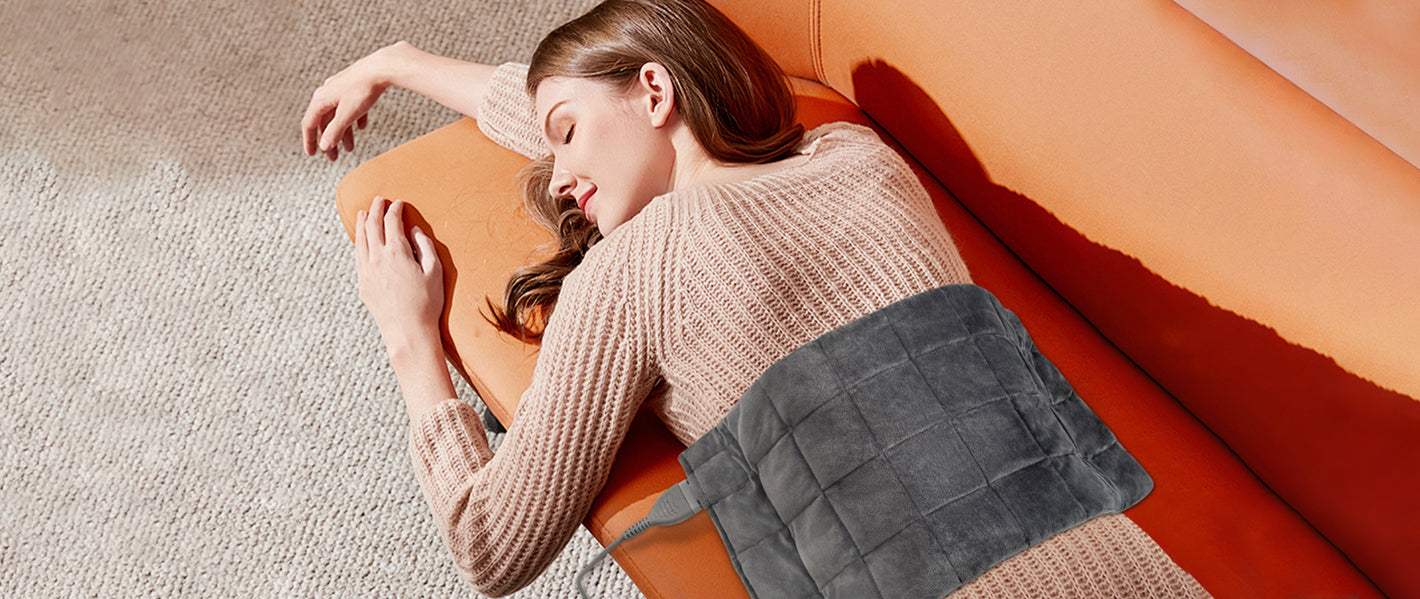
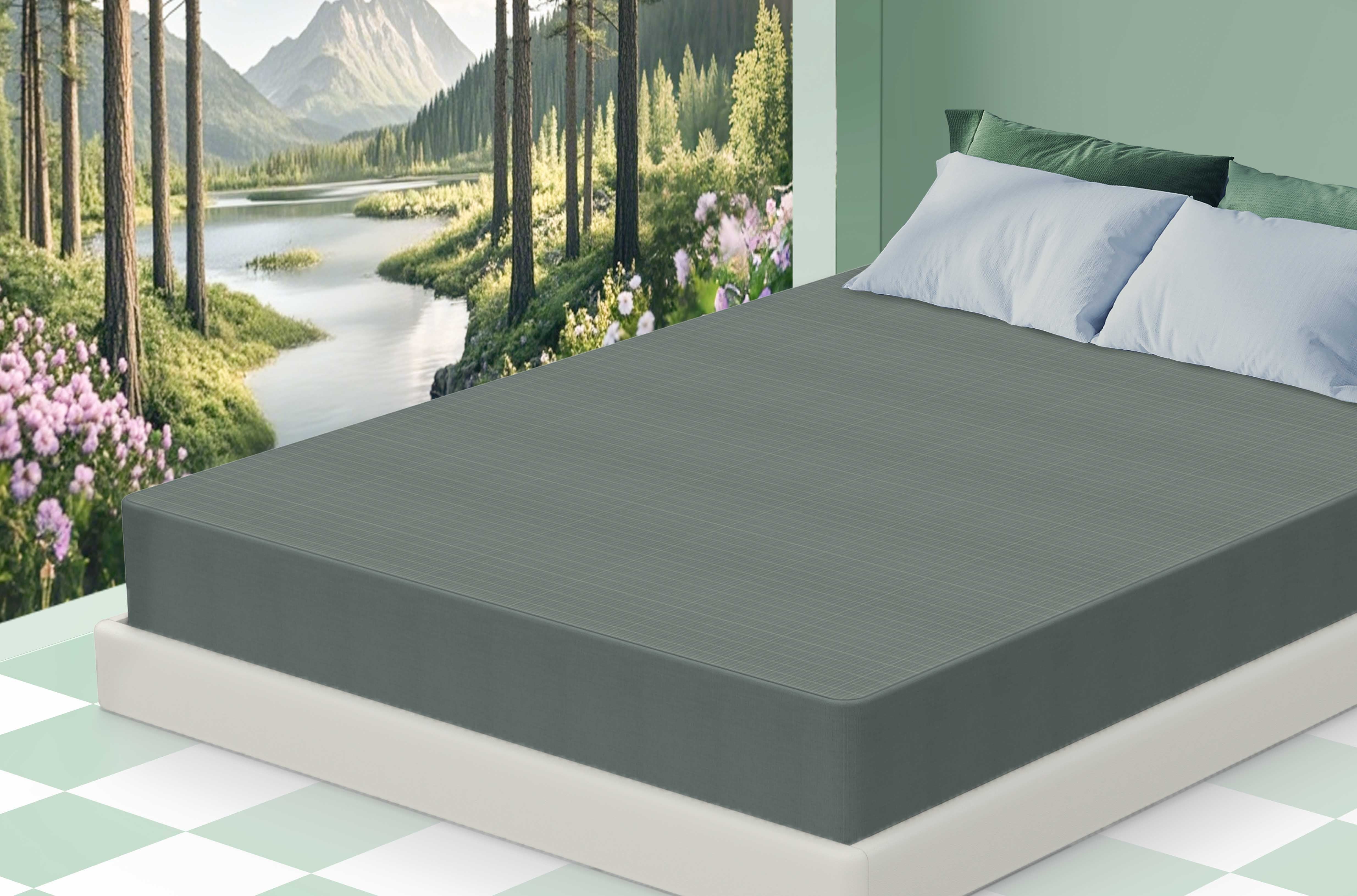
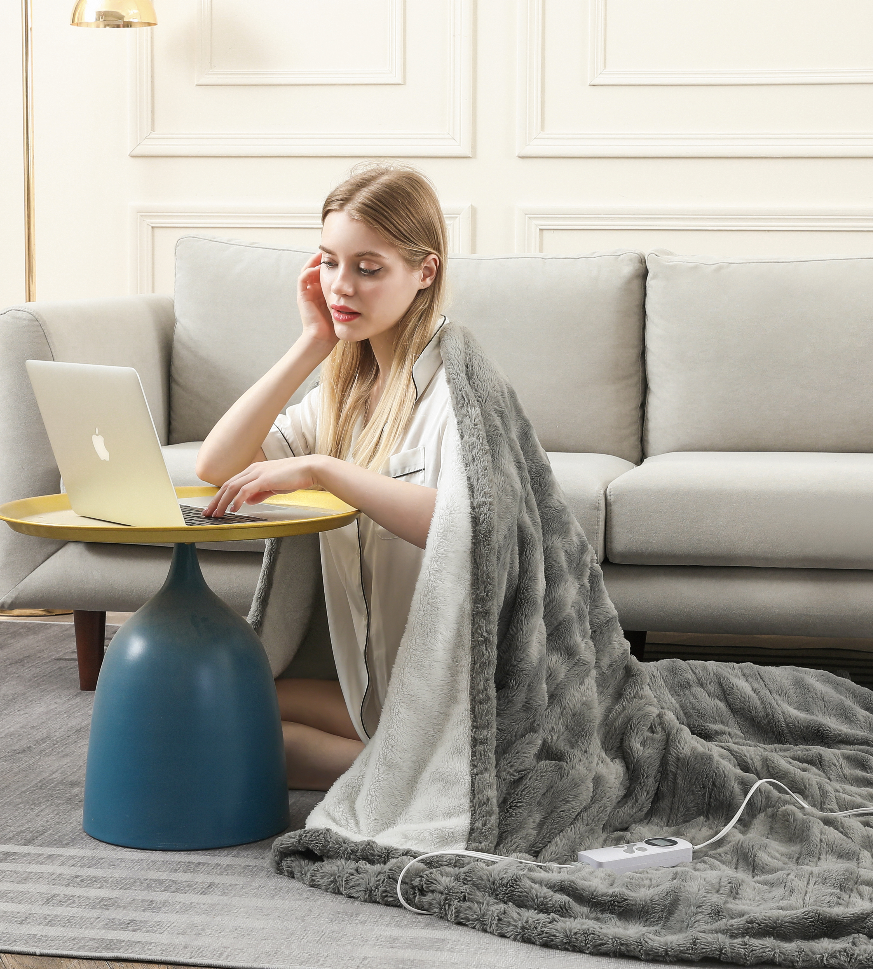
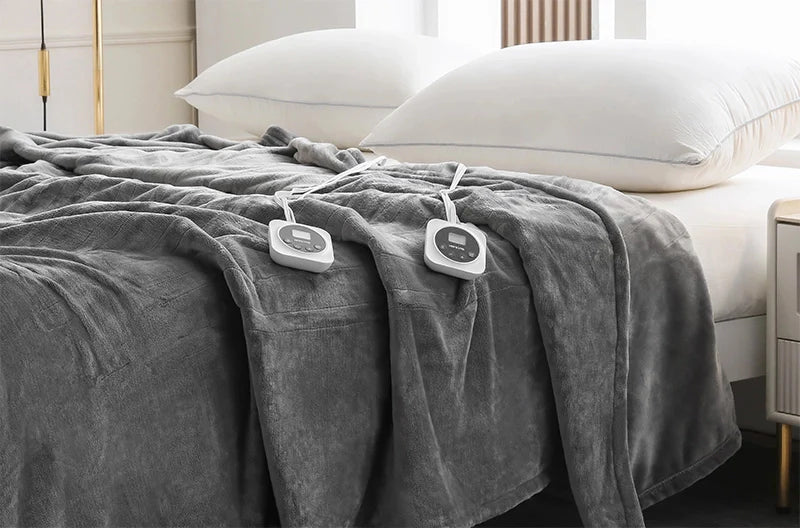

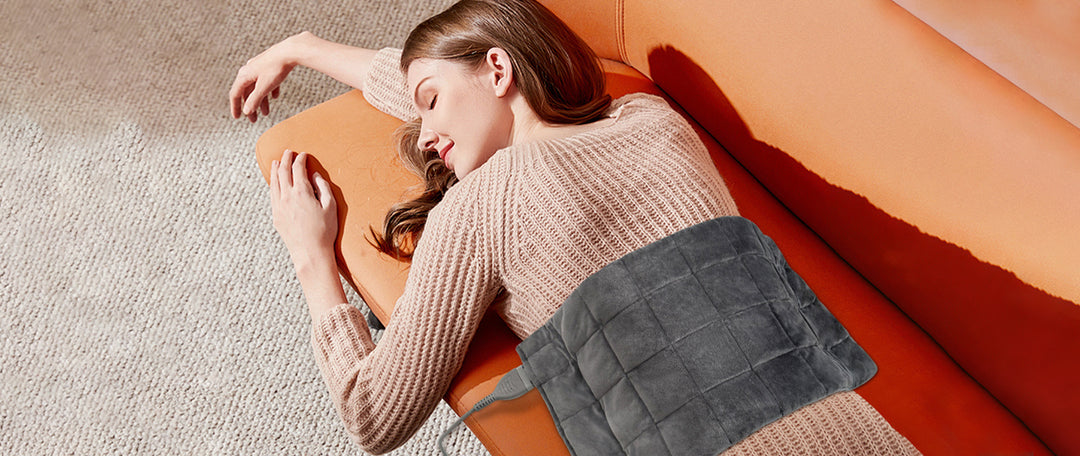
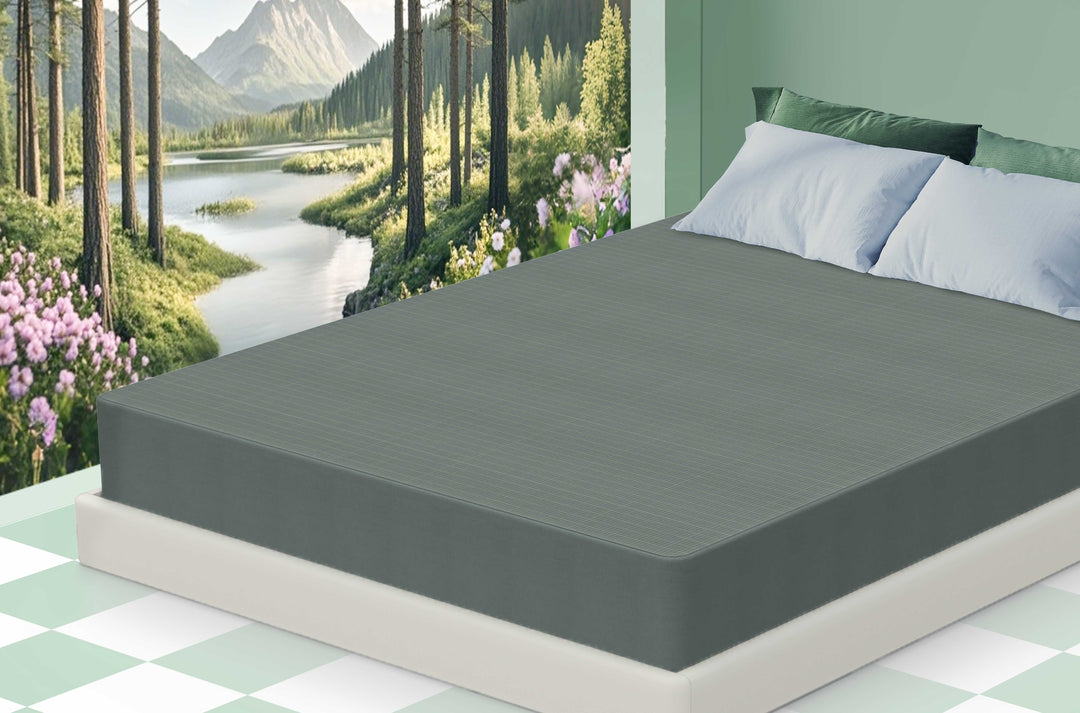



I really value such informative content that helps raise awareness about vascular conditions and their early symptoms. Educating the masses through such blogs plays a vital role in timely diagnosis and better treatment outcomes. I appreciate the effort to make complex topics accessible and easy to understand.
Leave a comment